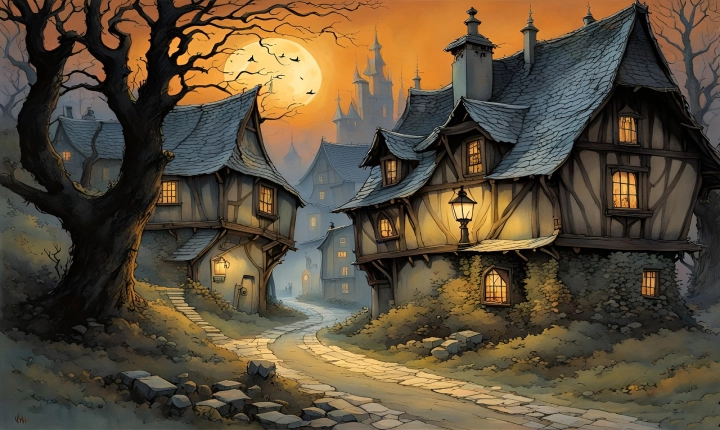Editing photos in Adobe Illustrator (AI) can be a powerful tool for graphic designers and digital artists. While Adobe Photoshop is typically the go-to for photo editing, Illustrator’s vector-based approach offers unique capabilities for editing and enhancing images. In this article, we’ll explore some key techniques for editing photos in AI.
1. Import the image: To start editing a photo in Adobe Illustrator, first, import the image into your artboard. You can do this by going to File > Place and selecting the photo you want to edit. Alternatively, you can simply drag and drop the image into the artboard.
2. Tracing the image: If you want to create a vector-based version of the image, you can use the “Image Trace” feature in Illustrator. This allows you to convert the photo into scalable vector artwork. Simply select the image and then click on the “Image Trace” button in the control panel. You can adjust the settings to achieve the desired level of detail and smoothness.
3. Adjusting colors and tones: Illustrator offers several tools for adjusting the colors and tones of your photo. The “Color” panel allows you to tweak the hue, saturation, brightness, and other color attributes. You can also use the “Recolor Artwork” feature to experiment with different color combinations. Additionally, the “Gradient” tool enables you to create and apply custom gradients to your image.
4. Adding effects and filters: Illustrator includes a variety of effects and filters that can be applied to your photos. The “Effect” menu offers options for applying blurs, distortions, and stylization effects to your images. You can experiment with these effects to create unique and artistic looks.
5. Working with layers: As with any design project in Illustrator, utilizing layers can be immensely helpful when editing photos. By placing different elements of the image on separate layers, you can easily make changes without affecting the entire image. This allows for greater flexibility and control in the editing process.
6. Applying masks and clipping paths: Illustrator’s masking and clipping path features can be used to isolate and manipulate specific areas of the photo. This is particularly useful for creating complex compositions or applying selective adjustments to the image.
7. Exporting the edited photo: Once you have finished editing the photo in Illustrator, you can export it in various formats such as JPEG, PNG, or PDF. Simply go to File > Export and select the desired format and settings.
In conclusion, while Adobe Illustrator is not the traditional choice for photo editing, it offers a range of powerful tools and features for enhancing and manipulating images. By leveraging its vector-based approach and creative tools, designers and artists can achieve unique and compelling results when editing photos in AI. So, next time you want to edit a photo, consider giving Illustrator a try and explore the creative possibilities it offers.
